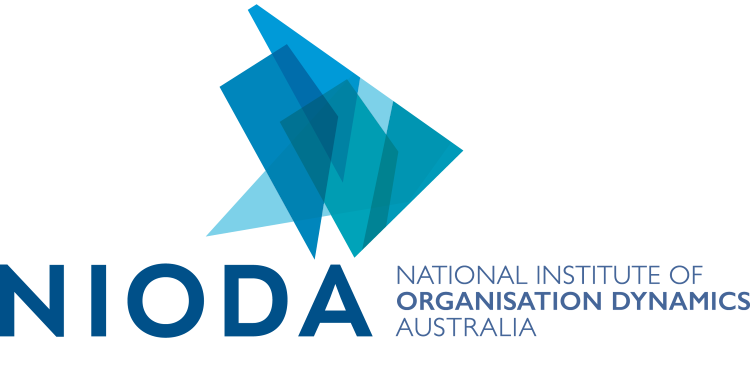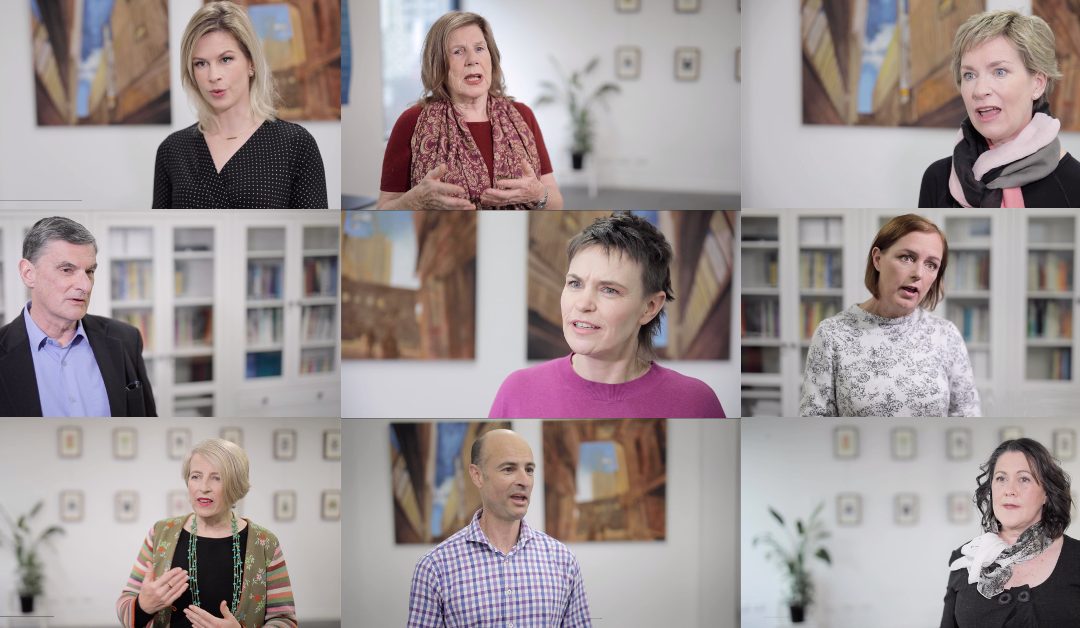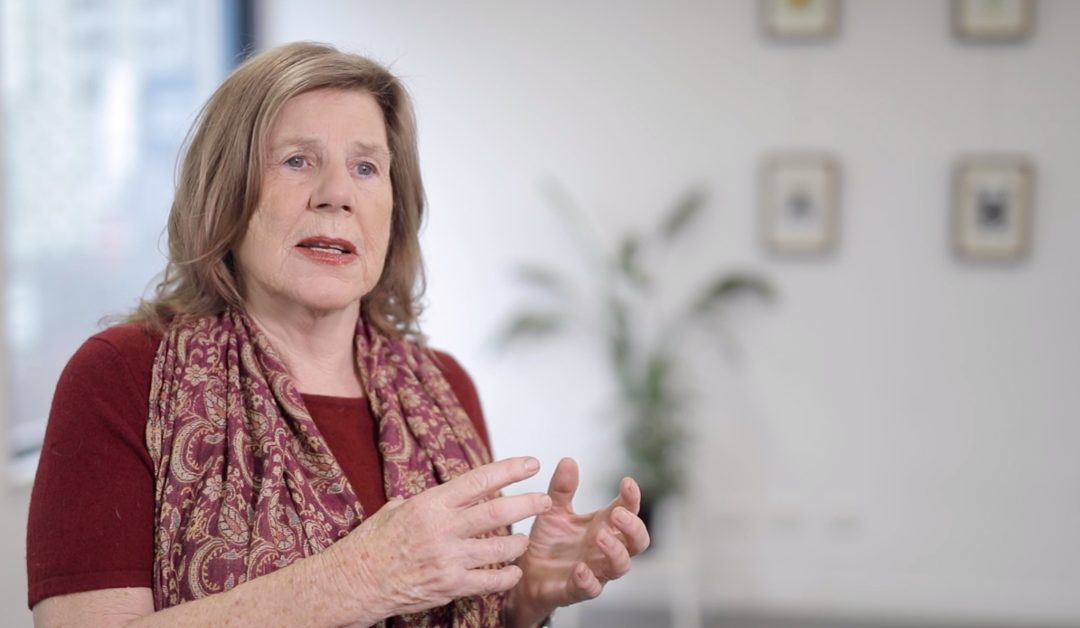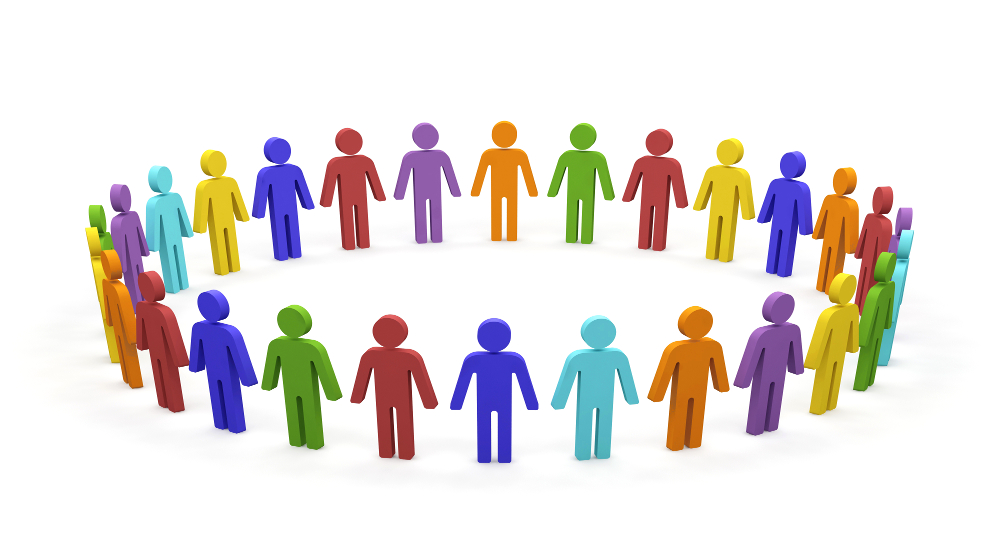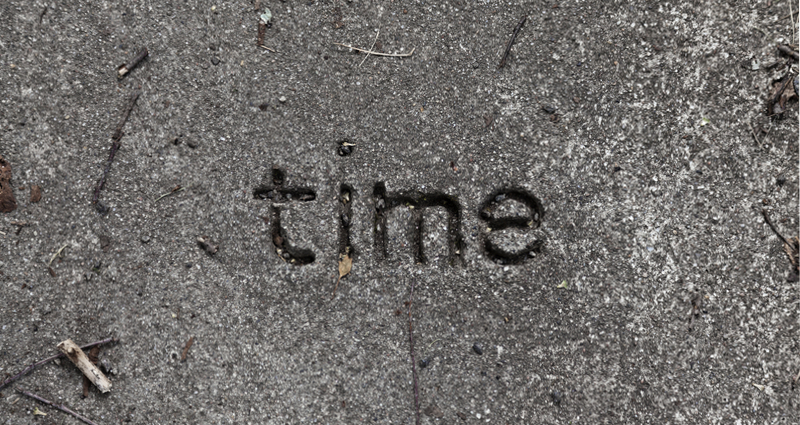
Time – For every purpose
Time
For every purposeTime – For every purpose
I have had reason recently, as perhaps many of us have had, to think about time. Tick, tock – the seconds pass. Less tick, tock nowadays; more a visual passing on the screen of a mobile electronic device. The division of time into equal parts – seconds, minutes and hours, nowadays by atomic clocks, has a history dating back to the use of our relations to the sun, the stars and the seasons (see https://www.maa.org/external_archive/devlin/devlin_12_99.html). It is a mathematical device for understanding our place in the physical universe – useful at a practical level for human communication: getting to a meeting on time; establishing the flow of events; marking the years of our lives.
But our experience of time is a different thing. Henri Bergson, a late nineteenth and early twentieth century French philosopher, argued that the experience of time was not equal to that of physical time. He talks of lived time or ‘duration’ compared to the time given by the physicists’ instruments (Bergson 1889). Psychological time is not simply a series of equal measurable bits. A moment cannot be measured as if a physical element in space. So, what is a moment?
In psychoanalytic thinking time has a fluidity and a fixedness. Just as the physicists’ have told us that light has both wave and particle properties, so the psychological experience of time has both continuous and discontinuous properties. Consciously, we imagine that we go through time in one continuous progression from past to present to future. We tell ourselves that story. But as Freud argues, the unconscious does not have such an image of time. Events and moments stay locked in and may emerge into consciousness or find a vehicle for expression at any – time. Understanding an event or moment may come long after the event and may change the memory of that event retroactively. Do we have then, a psychological time machine that can change the past? (See Freud’s account of the Wolf Man for examples of this – but I’m sure you have your own).
Jaques Lacan talks of moments in intersubjective time that are psychological not physical in the narrow sense of the word. In any occurrence there is an ‘instant of seeing’ (that is, a time for recognition), a time for understanding and a moment of concluding. This is experienced in short moments such as recognising say, that the countryside around me is not what I expected; to understanding that this is the case and that I have taken a wrong turn during my drive; to concluding that the action I must and do take is to turn back to where I know where I am. But importantly, these moments occur through a long process (perhaps in an analysis or through reflection) of recognising a pattern in my behaviour, thoughts or feelings; to understanding why this occurs; to transforming my actions thoughts and feeling through such understanding. Freud referred to this process as ‘working through’: a process much more extensive that simply a recognition of a problem through an initial interpretation. Time is seen as a discrete process of movement from one state or structure to another. Meaning in time is both retroactive and anticipatory.
So how are we experiencing time during Covid-19?
At NIODA we have had a weekly reflective space for people to talk about their thoughts and feelings, from the perspectives of person, role, system, context and source (the transforming experience framework used as a guide). Many themes and issues have emerged. Amongst these, is what gets described as a ‘hankering after the old days.’ There are feelings of loss and grief; yes, for those infected and dying from the disease, but also for the way the world was in the past. This includes the loss of freedoms during lockdowns, missing close relatives and other interactions, feeling isolated and lonely for those living alone (even though for some the lockdowns have been peaceful and productive times). Perhaps these discussions about what has been lost not just due to COVID, but due also to globalisation, social media expansion, global warming and the contraction of the humanities in higher education, are defences against change and a retroactive, redefinition of the past? Equally the space to mourn such changes in our organisations may have been missing and the mourning now is upon us more fully in the current moment. Sometimes reflections move to the future: what shape it might have and how it might be better than the past; how might we do things differently following the Covid experience? How might such anticipations shape our futures or might we just sink into defensive and thoughtless repetitions?
Is time itself experienced differently in such conditions? The instant of seeing has been different for different communities and different individuals. What is being recognised? That there is such a virus as covid-19? That it is deadly? That it can affect us in many ways that we might never have expected? When have governments recognised its existence and implications? Does such recognition come in an instant or slowly grow, or be recognised only retroactively, when health systems become overwhelmed? Or when the population becomes disaffected?
It seems we are each within a time for understanding (despite that there are those who deny the existence of the virus and their instant of recognition is for other issues bound up in conspiracy theories). Scientists are trying to develop vaccines. Politicians are trying to work out implications for coming elections or (it might be hoped) for their communities, health-wise and economically. Families struggling with implications and trying to live within new restrictions and circumstances. The time for understanding seems extensive and painful; almost endless as perhaps wave after wave may be anticipated and a hoped-for vaccine a distant possibility. In this we are not near the moment of concluding, even though some people anticipate the new future, whether it be the return to ‘normal’ or a hopeful transformation.
Time, it seems, is a ‘wibbily, wobbily thing’ to quote the prime character in the British Dr Who television series. We talk of using time to do things, of passing time, of wasting time or creating time as if it is a commodity. Time is given to us as part of our life, and time, psychologically for humans, is intrinsically linked to purpose. As said in Ecclesiastes 3 – there is a time for every purpose. It is purpose and meaning that create moments that are anticipated, experienced and remembered. Without purpose, time is lost. On one side, infinity without time may be gained – the unconscious everywhere: nirvana and ego-lessness, perhaps psychosis. But for daily life, for the sake of life and the planet, good, contained, creative purpose is central.
Edward Shapiro in his latest book ‘Finding a Place to Stand: Developing Self-Reflective Institutions, Leaders and Citizens’ follows the paths through which we move from family to institutional life and how through the complexities and chaos of our multiple roles, we might find a voice for the future of our institutions, not as rigid entities caught in unconscious unworked dilemmas that imprison us but, as vital social systems where our living moments might find fruitful purpose, meaning and expression.
Time during COVID may be the birthplace for such transformations.

Professor Susan Long
Director of Research & Scholarship, NIODA
23 September 2020
Time – For every purpose
References:
Bergson, H. (1989) Time and Free Will: An Essay on the Immediate Data of Consciousness (https://philosophynow.org/issues/48/Henri_Bergson_and_the_Perception_of_Time)
Lacan Écrits: The First Complete Edition in English [trans. Bruce Fink], New York: W.W. Norton and Company, 2006. Includes 1945, Lacan, J. “Logical Time and the Assertion of Anticipated Certainty: A New Sophism”
Shapiro, E. (2019) Finding a Place to Stand: Developing Self-Reflective Institutions, Leaders and Citizens’ London: Phoenix Publishing
ps Are you a leader or manager and would like to learn more about reflective practice techniques? Have a look at the NIODA Master of Leadership and Management (Organisation Dynamics) course.
Time – For every purpose by Prof Susan Long
